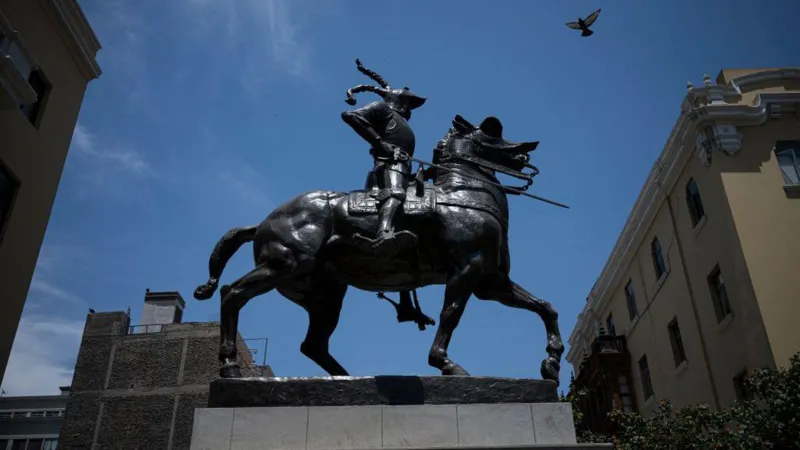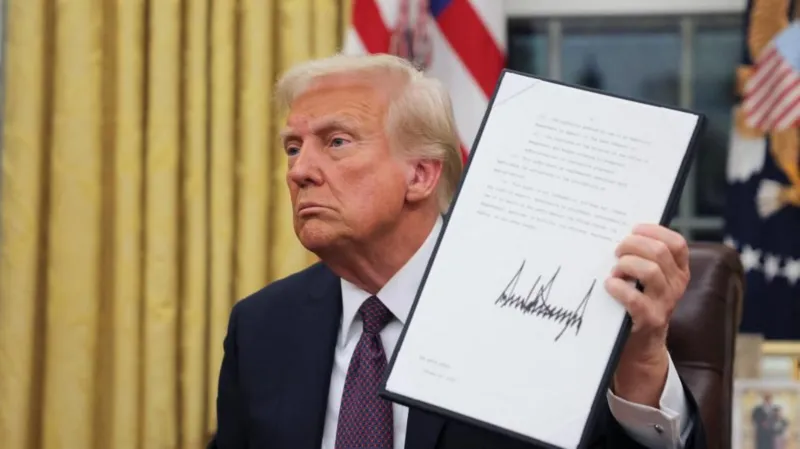In a move sparking both praise and controversy, the statue of Francisco Pizarro, the Spanish conquistador who led the conquest of the Inca Empire, has been reinstalled in central Lima. This reinstallation marks the latest chapter in Peru’s ongoing debate over its colonial legacy and the role of historical monuments in contemporary society.
The bronze statue, a work by American sculptor Charles Rumsey, was originally gifted to Peru in the 1930s. For decades, it stood prominently in the heart of Lima, near the city’s central square, Plaza Mayor. However, amid growing criticism of colonial symbols, it was removed from its original site in 2003 and relocated to a less conspicuous location near the Rímac River. Advocates for its removal at the time argued that Pizarro’s presence in such a significant public space was a painful reminder of colonial oppression, exploitation, and the destruction of indigenous cultures.
The recent decision to return the statue to a central location has reignited these debates. Proponents of the move argue that history, even its darker chapters, should be preserved and remembered rather than erased. “The statue of Pizarro is a part of our history,” said historian Carlos Velázquez, a supporter of the reinstallation. “We cannot understand who we are as a nation without acknowledging all facets of our past, including the colonial period.” He also highlighted the importance of public monuments as tools for education, enabling society to engage critically with its history.
On the other hand, critics view the statue’s reinstallation as an affront to Peru’s indigenous communities, whose ancestors suffered under Spanish rule. For many, Pizarro represents a figure of conquest, violence, and cultural erasure. Indigenous activist Elena Quispe expressed her frustration, stating, “Placing this statue back in a prominent location feels like a celebration of colonial atrocities. Instead of glorifying figures like Pizarro, we should honor the resilience and contributions of Peru’s native peoples.”
In response to the controversy, city officials have emphasized that the decision was not meant to glorify colonialism but to promote dialogue about the complex nature of Peruvian history. Mayor Rodrigo Fernández stated, “We are committed to fostering a nuanced understanding of our past. Alongside the reinstallation, we will introduce educational plaques and programs to provide context about Pizarro’s legacy, both positive and negative.”
The statue’s return has also raised broader questions about how Peru and other post-colonial nations should navigate the legacy of figures tied to colonialism. As public opinion remains divided, the debate underscores a universal challenge: how to balance the preservation of history with the need to acknowledge and address historical injustices.
For now, the reinstalled statue of Francisco Pizarro stands as a symbol of Peru’s ongoing journey to reconcile its colonial past with its diverse and multicultural present. Whether it becomes a space for dialogue or further division remains to be seen.




















